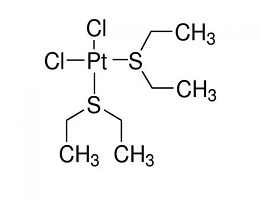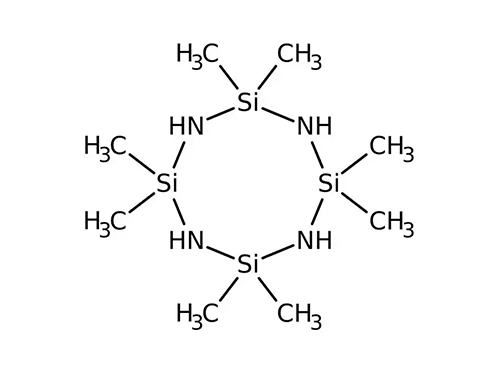As the core material in fuel cells, catalysts play a crucial role in determining the comprehensive performance and production capacity, which directly affects the national competitiveness in fuel cell technology. Among all fuel cell materials, catalysts are also the most expensive. Platinum catalyst material, with its excellent molecular adsorption and oxygen reduction reaction (ORR) catalytic activity, has become the preferred choice for new fuel cell catalyst research.
Enhancing Reaction Efficiency and Energy Density
The primary role of platinum catalyst material in fuel cells is to significantly improve the efficiency of electrochemical reactions. It effectively lowers the activation energy required for the hydrogen-oxygen reaction (the key reaction in fuel cells), allowing hydrogen to oxidize smoothly at the anode into protons. These protons then pass through the electrolyte membrane to the cathode, where they combine with oxygen on the platinum catalyst's surface, efficiently reducing to form water and releasing substantial electrical energy in the process. This high-efficiency reaction directly increases the energy density of the fuel cell, enabling each unit of mass or volume to store and convert more energy, thus extending the range for electric vehicles, drones, and other mobile devices.

Improving Stability and Durability
Platinum catalyst suppliers play a key role in providing high-quality platinum catalyst material, which is chosen not only for its catalytic activity but also for its chemical stability and corrosion resistance, making it a key factor in ensuring the long-term stable operation of fuel cells. In the complex environment of fuel cell operation, which includes high temperature, high pressure, and electrolyte solution corrosion, platinum catalyst material effectively resists these adverse factors, reducing performance degradation and extending the fuel cell’s lifespan. This durability is crucial for lowering the overall maintenance costs of fuel cell systems and promoting commercial applications.
Driving Technological Innovation and Cost Optimization
Although platinum's high price as a precious metal has been an obstacle to large-scale adoption of fuel cells, it has also fueled researchers' enthusiasm for enhancing platinum catalyst material performance and developing alternative materials. By using nanotechnology to produce highly dispersed platinum-based catalysts with a high specific surface area, platinum utilization and catalytic efficiency can be significantly improved without substantially increasing costs. Additionally, the exploration of platinum alloys with other metals or non-metals, as well as the development of low-platinum or even platinum-free catalyst materials, are current hot research directions aimed at fundamentally reducing fuel cell production costs and accelerating commercialization.
Due to its unique catalytic properties and stability, platinum catalyst material plays an irreplaceable role in fuel cell production. With continuous advancements in technology and ongoing cost optimization, the application of platinum catalyst material is expected to further promote fuel cell technology, contributing to clean energy transition and sustainable development goals.





